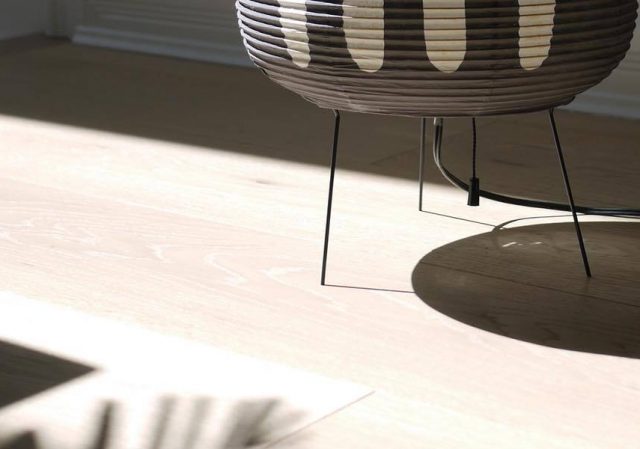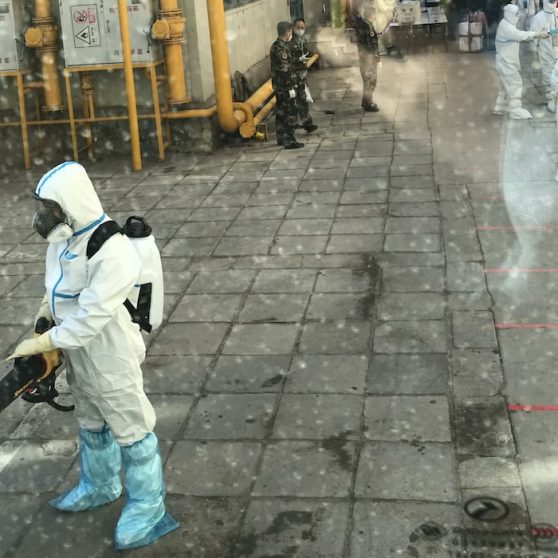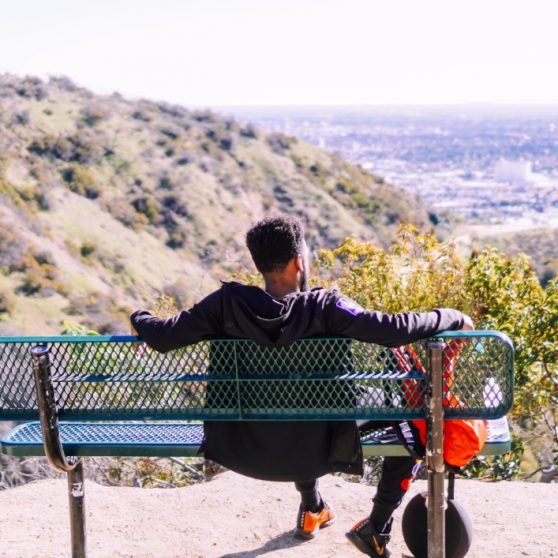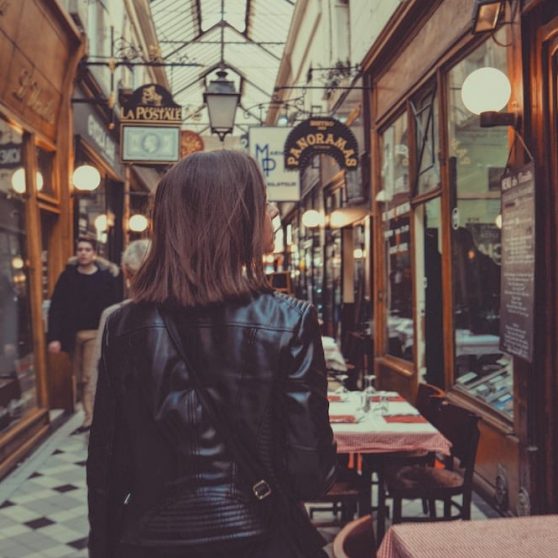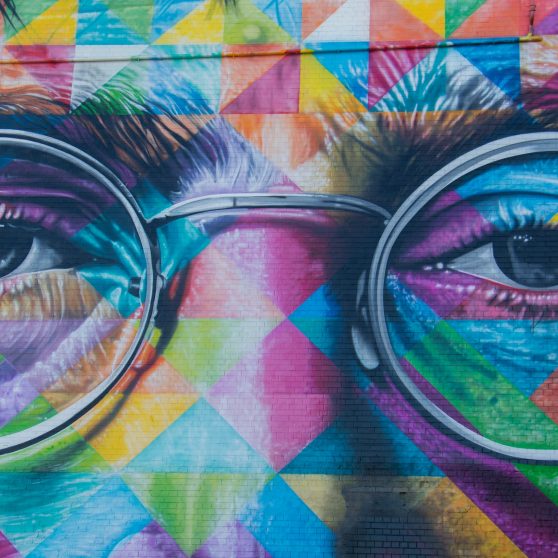LOJEL’s Creative Director Kenzo Yoneno approaches design the same way he approaches life: open-minded, empathetic, and skeptical of dogma. These qualities are equal parts nature and nurture: Kenzo had a multicultural upbringing with a Dutch and Japanese family and has called seven different countries on three different continents home during various chapters of his life.
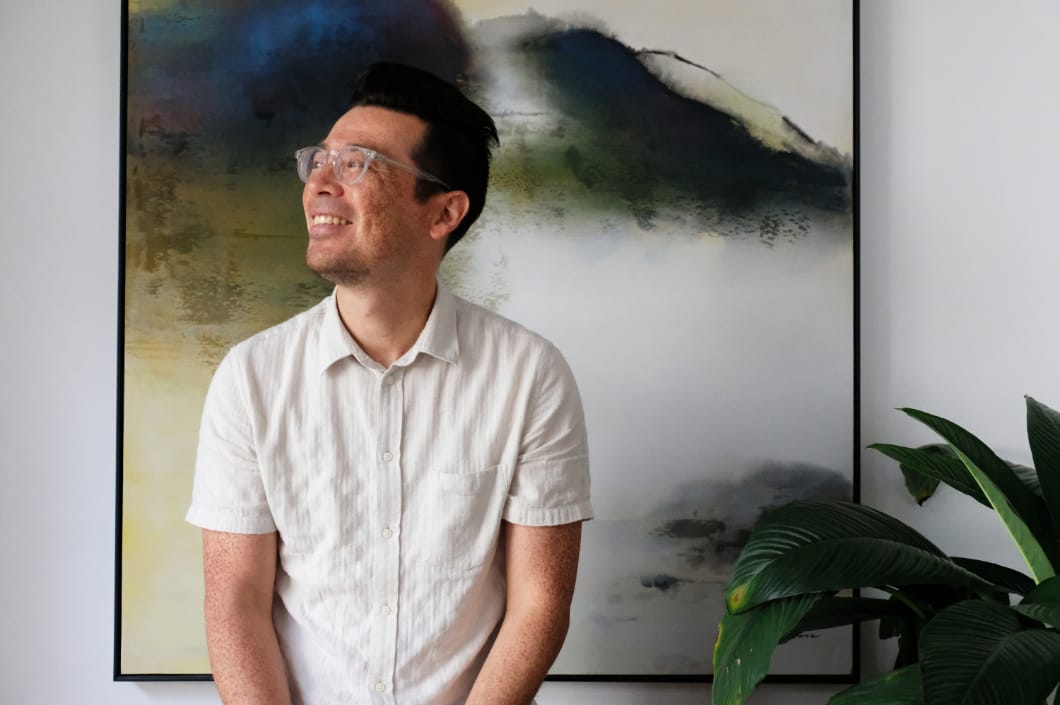
With radically different cultures informing his outlook, Kenzo naturally views different sides to a story and rejects the notion that there is a single, or “right” way of solving a problem. As a result, he captures ideas that transcend culture and appeal to people in a way that is deeply human. It’s unsurprising, that with this inherently multicultural perspective and extensive experience living and travelling in different countries, that Kenzo would be drawn to tackling design in the travel space.
While this year has presented unforeseen challenges, it’s not Kenzo’s first rodeo. He’s no stranger to working remotely, having done so from his home in Vancouver, Canada since joining LOJEL in 2013. He also worked in the travel industry prior to LOJEL, through 9/11 and the 2008 financial crisis—periods where, like now, no one was planning a big trip anytime soon.
When it comes to design, Kenzo isn’t interested in what worked before,— he’s interested in what people need now. He’s not afraid to flip the script—or throw the script out entirely.
I chatted with Kenzo Yoneno to learn more about his background, design values, and how LOJEL is pivoting to responsibly accommodate the changing face of travel.
Interview has been edited for brevity and clarity.
Do you have a design philosophy?
With the world changing as rapidly as it is, having a rigid design philosophy seems a bit inappropriate right now. Everything has been turned upside down, so remaining flexible, humble, observant, and maintaining a growth mindset seems like the best way to approach new conditions and new problems that may have never existed before.
But one key thought that informs my approach is that design is not necessarily central to every solution. Problems are complex and simply recognizing this is a healthy and objective way to find meaningful and lasting solutions. As the saying goes, “If all you have is a hammer, everything looks like a nail”. Better to work with others to bring a full “toolbox” to the problem at hand.
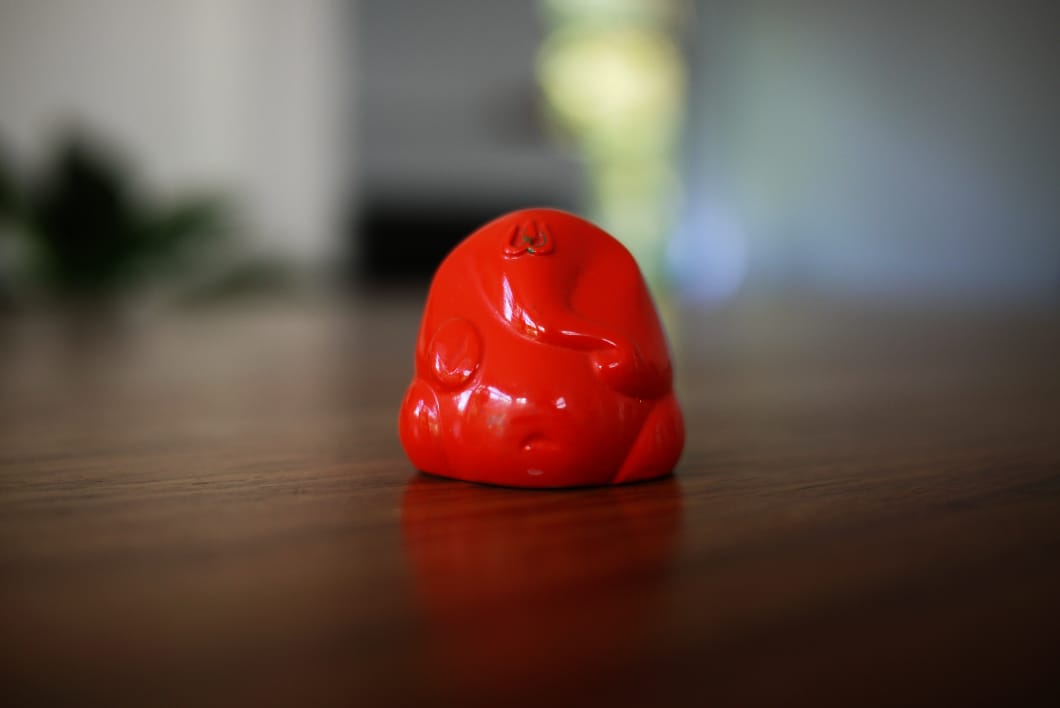
“I saw this on the dashboard of a taxi I was riding in Mumbai. It was amazing to see a piece of normally complex religious iconography being reduced to something very abstract yet still instantly recognizable.”

“By being modular, the life of this dish brush can be extended repeatedly. The modularity also empowers the owner – I sometimes put in a more abrasive sponge depending on the type of scrubbing I need to do.”
LOJEL seeks solutions for the modern traveller. Would you say all design is inspired by the need to solve a problem?
As I understand design, yes. But knowing what problem to solve is often the bigger challenge. I frequently use the expression, “no one wants a drill, they want a hole” to illustrate this point. Before any design intervention can happen, a solid understanding of the context is required. What are the macro-trends unfolding over the next 10 years? What are people experiencing, thinking, and needing on an individual level? What are people trying to achieve? It’s important to leave bias, preconceptions, and experience aside and really listen and learn with an open mind. That way you can identify the most pressing current problems, and anticipate future ones.
With all the changes that are happening in the world, particularly in the travel industry, is LOJEL completely changing tack?
Yes and no… obviously in the short-term, the changes have been bad for the travel industry, and by extension for us as well. That means that some course adjustment is urgently required.
But before you can change course, you need to know where to go. The situation has forced us into some serious introspection regarding what we really hope to achieve as a team, why we’re doing what we’re doing, and how we can use our team’s skills to remain relevant and useful. It’s been truly inspiring to see the critical thinking, creative energy, and motivation within the team over the past few months. It’s birthed a lively new participatory culture which I hope lasts.
Based on those discussions, we are on the cusp of making some major changes but they are solidly rooted in our passion for travel, and who we are as a team. By taking the time to strip away everything and identify the essence of LOJEL, we’ve come to a clearer vision of what we want to achieve and how we can grow into a new world with different needs. Over the next few months, we’ll be sharing what this new vision is but more than a pivot, it’s an evolution to a better version of what we have been.
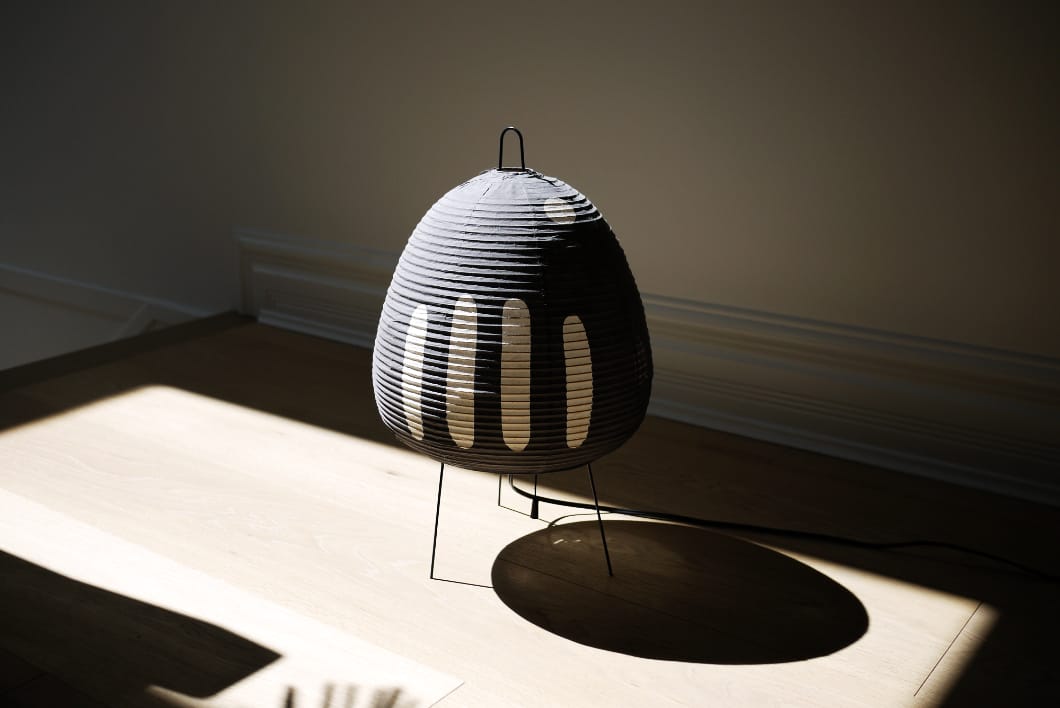
“This is one of Isamu Noguchi’s Akari lamps from the 1950’s. The reason he designed these lamps was to help sustain the traditional paper lamp craftsmen in Gifu, Japan who were struggling to maintain relevance. By creating new shapes and designs, he was able to find new markets for their work and support that community. Amazingly, his lamp designs are still be produced today after more than 60 years in production.”
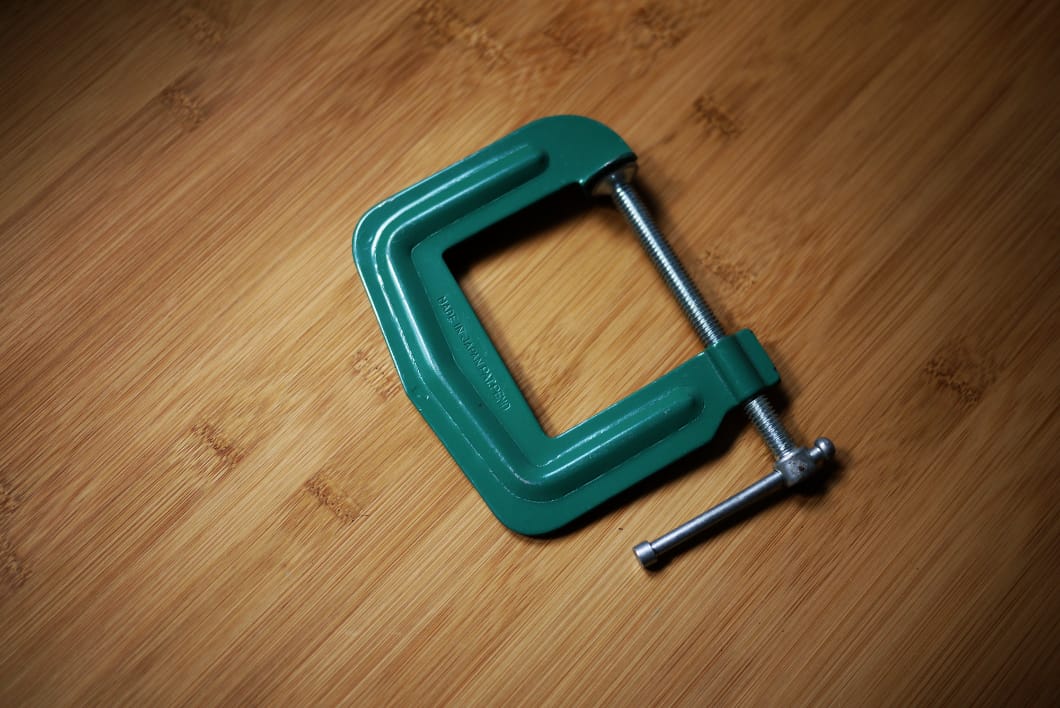
“C-Clamps are usually cast-iron and heavy. This C-clamp breaks with tradition and is made from two pressed steel pieces spot-welded together. This solution is brilliant because it’s lightweight and has a deeper throat due to small internal radii — all made possible by approaching the manufacturing in a new way.”
How do you see this pandemic influencing travel and the objects that aid our travel?
I think mobility in itself is an innate human need and behaviour, so people will continue to move, but the pandemic will have a profound effect on how, why, and where we move. For example, people are now travelling more locally, considering remote work as a permanent lifestyle, and questioning whether travel always means by air. At the same time, the pandemic has also accelerated so many other emergent trends ranging from deeper digitization of life to societal inequality, and these will also inevitably affect travel. With fundamental changes like these, solutions created in pre-pandemic times are not necessarily relevant anymore.
To give you a very specific example, the way we see luggage now was informed by assuming that people would travel primarily by plane, and have space to store luggage when they aren’t using it. But plane travel is no longer a default choice, and with the rise of the sharing economy, people are questioning the need to own products that they only use sporadically. Suddenly luggage as we know it isn’t necessarily the best way to move your stuff from A to B.
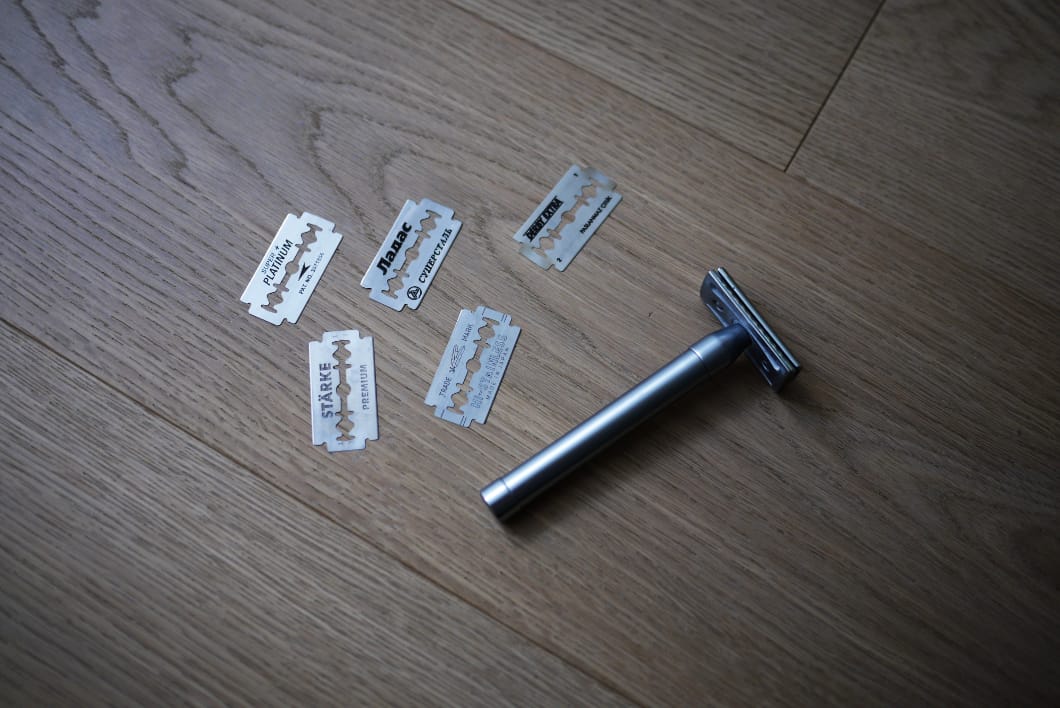
“The safety razor is a universal, non-proprietary global standard so it’s amazing that when you travel, you can always find a local blade that fits. Furthermore, there is no waste, nothing can break, and it is very affordable.”
How else do you see design responding to changes in the world?
With so many major changes unfolding, the key to any design response will firstly be to simply accept the magnitude of the changes happening! It’s easier said than done.
Then it will require making sense of the changes. The starting point of any design response has to be recognizing what people are going through right now, within the context of larger macro-trends.
Lastly, it’s clear that after the shock of the pandemic, people expect big changes; in society, politics and how we tackle complex, global problems like climate change and social inequality. Design can play a part in the positive transformation that everyone’s hopes for.
